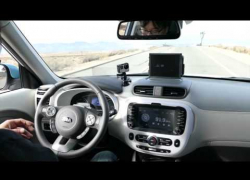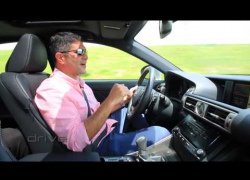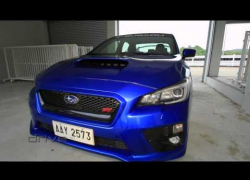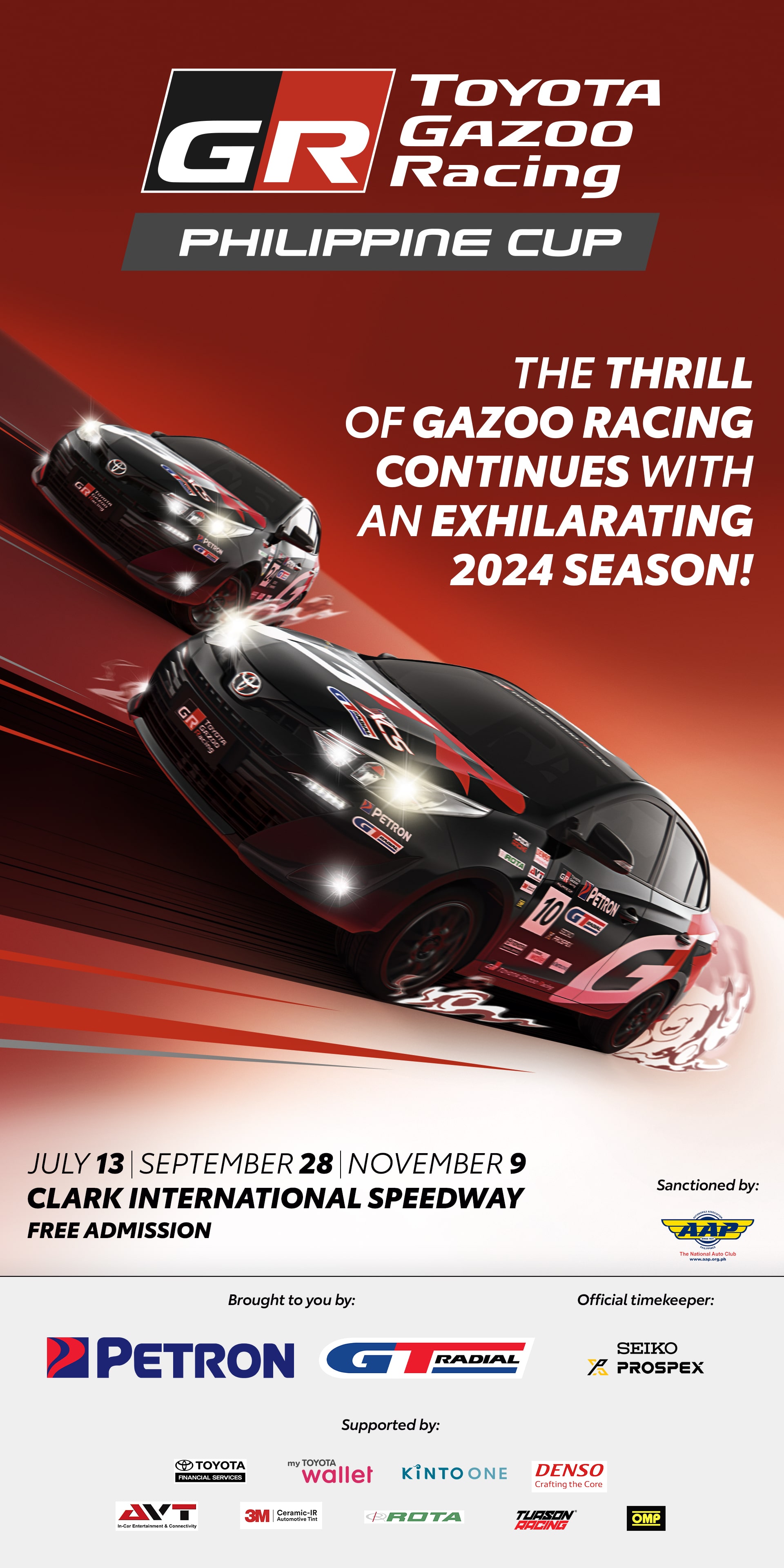I’m on a hunt. I’m looking for the country’s most economical car. Now in theory that should be quite easy––just gather all the brochures and compare fuel consumption figures. But because I don’t drive a brochure to work, I’m looking for more than that. I’m looking for real-world figures, under realistic conditions, done on Philippine roads and not in an ad agency.
First up I tried a Mitsubishi Mirage to Baguio with the goal of making it in under 15 liters. I did it in just over 14, which translates to 18.3 kms a liter. This time I picked up Chevrolet’s all-new, all around utility vehicle––the highly versatile, much anticipated, 7-seater Spin, 1.3 liter, 5-speed manual that promises 23kms a liter.
Now that may sound absurd for a 7 seater vehicle––until you peek under the hood and find the country’s first (and segment first) 1.3 liter chain-driven diesel engine. I’ve been waiting for this for some time now after trying out their gas version in Thailand, and as this happens to be the first ever local media test drive of one, I’ll throw in a mini review as well.
To save on redundancy, I’ll stick to just my impressions of the engine and drive line.
But before all that, let me just explain the procedure of my fuel consumption tests.
Firstly, I’m not looking for an “up to” figure (we can leave that to our Internet service providers who already do a smashing job of duping us) I’m looking for a realistically sustainable average, based on the consistency of just one driver’s driving habits, under similar conditions with passengers and bags on board and the aircon on, and always sticking to the speed limit.
But to spice things up for this test, I promised myself to load just 5 liters of fuel to get me from Clark to Manila and walk the rest of the way if I had to. But I chickened out. Actually, I didn’t chicken out but my seven year old did. Because the only thing more terrifying for him than running out of gas on the side of the road is running out of wifi at home. So I did the next best thing. I filled the tank to the brim (as in, you can see the fuel already) and topped up as soon as I got to the Total station outside my village.
I also try and keep the driving as normal as possible (always stay on or around the speed limit and keep the shifts to just under 2,000 rpm)
I also make it a point to fill up at the exact same pump as much as possible, and always stick to the exact same fuel, which in this case is Total.
Not all cars do well with this, but the Spin feels great in this power band. As in really great. It is unlike anything I’ve tried locally; then again, there’s really nothing else like it in its’ class. The closest comparison is the FIAT Panda, which I rate very, very highly; smooth acceleration, plenty of kick in the low end (maximum torque comes on as low as 1,750rpm) and good NVH.
It feels at its best darting in and out out traffic and cruising at the speed limit. Push it a little harder and it starts getting a little vocal about it, but keep it in its sweet spot and you’ll have no trouble keeping up with highway traffic with the added bonus of enjoying optimum fuel efficiency with plenty left in the bag for overtaking.
It’s not fast, but it’s quick. Just to give you an idea of its acceleration, it will beat a Ford Fiesta 1.5 liter from 0-50kmh, but won’t keep up after that. (yes, we actually tried it) Basically, it does its finest work where it is needed most and feels as if it was designed with one thing in mind, and that is to get the job done with as little fuss as possible.
Being a 7-seater with up to 50 flexible multi-configurable settings, the Spin is a quiet little achiever that gives so much and asks for little in return. And while I couldn’t get a live current highway figure like I did with the Mirage (Unfortunately, the model I was given didn’t come with a trip computer with a fuel consumption gauge, but by the time we got to Manila, only one of the twelve bars had depleted after 110.6kms.
Granted that most of that was made up of mostly highway, but a good 25kms of that was EDSA and city driving.
Judging by the fuel gauge, I had high hopes of doing it in under 5, so when they couldn’t squeeze in anymore that 4.46 liters, which translates to 24.79 kims a liter, I officially declared it the country’s most economical car. For now. The search continues...
What car do you think can take this on and perform better under similar conditions? Write them in the comments below and I’ll put it through the same test.
*update, after completing 400 kilometres of pure City driving, I recorded 15.2 kms per liter
Click here for the updated list of vehicles and test results.







